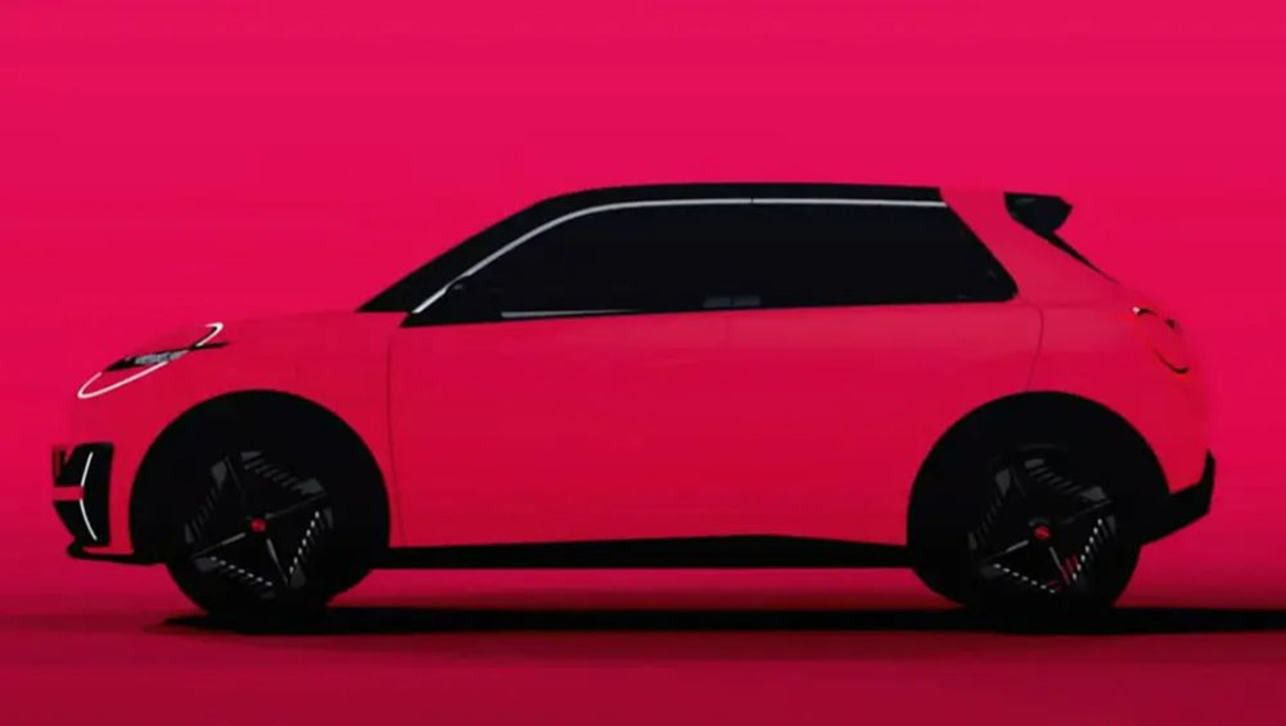Nissan has finally revealed the general timing for its long-awaited answer to the Tesla Model Y, as the company outlines its coming electric vehicle (EV) road map.
Expected to be released a few months after its US launch in the last quarter of next year, the Ariya will spearhead Nissan’s renewed battery EV assault in Australia sometime in the second half of 2023, in an effort to catapult the brand back to the forefront of vehicle electrification.
Exactly when – rather than if – it arrives beyond this 18 to 24-month timeframe is still not locked in, though.
According to Nissan Australia managing director, Adam Paterson, pricing and specification details will be announced closer to the Ariya’s on-sale date.
“We’re still working to secure the car for the market and determine timing,” he said.
“As you know, as soon as we make any announcement (of our intention to launch a vehicle), there’s always the demand for more information… as soon as we tell you that something’s coming, it’s ‘when’s the date/what’s the spec/when’s this/when’s that…’, and so we want to make sure we have a package of information when we’re ready to make that announcement.”
One thing’s for certain, however. The Ariya will be positioned well above the ageing Leaf small car – which currently kicks off from $49,990 before on-road costs, extending to $60,490 for the Leaf e+ – in the $65,000 to $90,000 bracket, to take on the strongly-received Hyundai Ioniq 5 as well as the new Tesla Model Y, Kia EV6 and Toyota bZ4X.

As outlined previously, the Ariya is new from-the-ground-up, and is the first of the Renault-Nissan-Mitsubishi Alliance models to bring the CMF-EV architecture to production.
Among other features, it matches the aforementioned SUV rivals by offering single-motor/front-wheel-drive or e-4ORCE dual-motor/all-wheel-drive choices, a water-cooled underfloor battery pack in either 63kWh or 87kWh outputs for up to 500km range capability (WLTP), and between 160kW/300Nm and 290kW/600Nm of electrified punch – with the latter able to hit 100km/h in 5.1 seconds. The slowest still manages a brisk 7.5s as well.
Meanwhile, a smaller crossover version is expected to eventually replace the Leaf from 2025. Previewed this week by the Chill Out concept, it will spearhead Nissan’s line-up of EVs with a particular focus on Europe, and will be manufactured at the same factory in the United Kingdom that makes the Qashqai and Juke series.

Its key competitors are set to be the in-demand Peugeot e-2008, Opel/Vauxhall Mokka E, Volkswagen ID.3 and just-unveiled new Kia Niro, as well as the related Renault Megane E-Tech that features so much of the same hardware, among a host of other models.
The Chill Out is part of a quartet of other fancifully named concept cars unveiled in late November, made up of the Surf Out (which could either point to the next-generation Navara truck’s design or the long-rumoured sub-Navara car-based utility to take on the massively-successful Ford Maverick and new Hyundai Santa Cruz), Max Out (a low-slung two-seater roadster that signals Nissan’s intention of sticking with sports cars post-Z) and intriguing Hang Out city car.
The latter is arguably the most relevant from an affordability point of view, since it shows what appears to be a funky, Honda Jazz-shaped replacement for the big-in-Japan Note. Such a model underlines Nissan’s commitment in continuing to “democratise” EVs, after the earlier pioneering years of the original Leaf (ZE0 series from 2010-2017) before it was usurped as history’s bestselling EV by the Tesla Model 3.

These EVs are part of a two trillion-yen ($A37 billion) investment in electrification over the next five years, which will include 15 new EVs out eight electrified combustion engine models, taking the company’s electrification mix to 50 per cent by April 2031.
Nissan will also release its first all solid-state battery vehicle by April 2029 globally, offering slashed charging times (to just one-third of today’s equivalent) and prices more comparable to combustion engine models.
According to Mr Paterson, every production EV that Nissan announces moving forward has a fair chance of making it to Australia.
“We are absolutely looking at any EV platforms and products that are within the announced Nissan EV portfolio, and how we can perhaps make them work here,” he said.


.jpg)


.jpg)







.jpg)
.jpg)














Comments